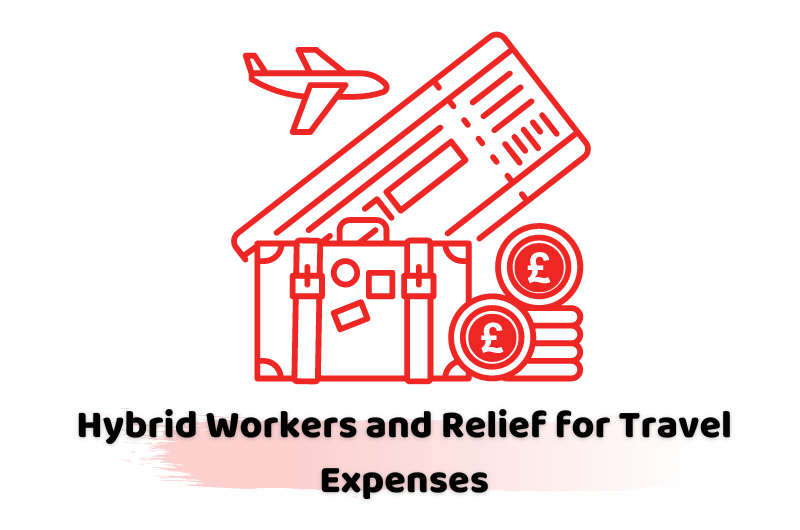The pandemic changed the way in which many people worked, forcing them to work from home if they could. Post-pandemic, many employees have continued to work from home some or all of the time.
Under hybrid working arrangements, an employee will work from home some of the time and from the employer’s premises some of the time. As a general rule, tax relief is not available for the cost of travel from home to work. Consequently, where an employee has hybrid working arrangements, HMRC will only allow tax relief for travel between the employee’s home and the employer’s premises if they accept that the employee’s home is a workplace.
Home as a Workplace
The tests that need to be met for HMRC to accept an employee’s home is a workplace are strict and outdated and do not reflect the current reality.
For HMRC to accept that an employee’s home is a workplace, all of the following conditions must be met:
- The duties that the employee performs at home are substantive duties of the employment. These are duties that the employee has to carry out and which represent all or part of the central duties of the employment.
- The duties cannot be performed without the use of appropriate facilities.
- No such appropriate facilities are available to the employee on the employer’s premises (or the nature of the job requires the employee to live so far from the employer’s premises that it is unreasonable to expect them to travel to those premises on a daily basis).
- At no time, either before or after the employment contract is drawn, is the employee able to choose between working at the employer’s premises or elsewhere.
The reality of modern working is that many employees can work anywhere as long as they have a laptop and an internet connection. While in the past, the nature of the duties may have dictated where they could be carried out, for many employments this is no longer the case. The travel expenses rules have yet to catch up with this and the conditions that need to be met for home to be regarded as a workplace mean that in practice it is difficult for hybrid workers to secure tax relief for the costs of travel between their home and their employer’s premises.
Flexibility Vs Tax Relief
Hybrid working is attractive because of the flexibility that it offers, but it is this flexibility that can jeopardise the availability of tax relief for the costs of travel between the employee’s home and the employer’s premises (and render any reimbursement of these costs by the employer taxable).
As is often the case, there is a compromise to be had by adopting a more structured arrangement under which the employee works at home on set days and at the employer’s premises on other days, rather than being able to choose each day whether to work at home or in the office.
For example, if an employee works at home on Tuesday, Wednesday and Friday but in the office on Monday and Thursday, as long as it is not possible to work in the office on a homeworking day, tax relief should be forthcoming if the employee has to travel to the office on one of those days – the travel would be travel between two workplaces rather than home to work travel. However, no relief would be available for travel to the office on the office-based days.
Partner Note: ITEPA 2003, ss. 337–342; HMRC’s Employment Income Manual EIM32171 to EIM32174.





















































